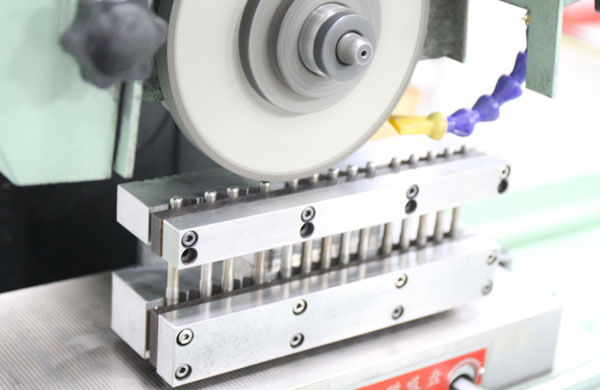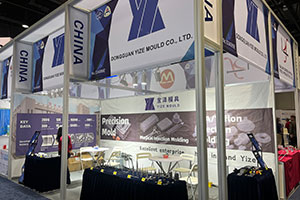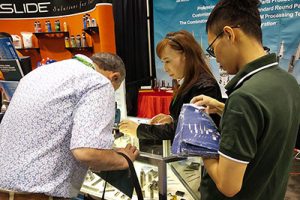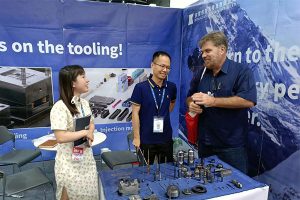Titanium Alloy Clamping and Cutting Process Methods
Titanium alloy, as a new structural material that has emerged in recent years, has shone brightly in various fields such as aerospace, shipbuilding, and healthcare due to its low density, […]
Titanium alloy, as a new structural material that has emerged in recent years, has shone brightly in various fields such as aerospace, shipbuilding, and healthcare due to its low density, high specific strength, small coefficient of thermal expansion, and excellent high-temperature mechanical properties and corrosion resistance. However, titanium alloy’s high friction coefficient, susceptibility to oxidation, and tendency to catch fire during high-temperature and high-speed friction pose significant challenges to its processing. How to improve the cutting performance of titanium alloy components and ensure that the workpieces meet the expected technical requirements has become a key technical problem that needs to be overcome in the application process of titanium alloy.
I. Main Issues Faced in Titanium Alloy Clamping and Cutting Processing
Our factory business: carbide parts, mold parts, medical injection molds, precision injection molds, teflon PFA injection molding, PFA tube fittings. email: [email protected],whatsapp:+8613302615729.
- High Cutting Temperature: The cutting heat generated during the processing of titanium alloy is difficult to effectively dissipate, resulting in persistently high cutting temperatures.
- Severe Tool Sticking: The adhesion force between titanium alloy and the cutting tool is high, which can easily cause the tool to stick, affecting processing efficiency and workpiece quality.
- High Cutting Torque: The high strength of titanium alloy increases the torque required during the cutting process, placing higher demands on the machine tool and cutting tool.
- Low Elastic Modulus and High Yield-to-Tensile Strength Ratio: Titanium alloy has significant elastic deformation during processing, making it prone to springback, and its yield strength to tensile strength ratio is high, making processing difficult.
- High Compressive Stress on the Cutting Edge: During the processing of titanium alloy, the cutting edge of the tool is subjected to high compressive stress, which can easily lead to tool wear and breakage.

II. Improvement Strategies and Implementation Plans
In response to the above issues, we propose the following improvement strategies:
- Optimal Selection of Cutting Tool Materials:
- Select cutting tool materials with high strength and good wear resistance, such as cemented carbide or ceramic cutting tools, to improve tool durability and cutting performance.
- Improvement of Drill Geometry Parameters:
- Adopt twist drills with increased edge width, web diameter, and chisel edge angle to improve cutting conditions, reduce cutting force, and cutting temperature.
- Appropriate Adjustment of Thread Bottom Hole Diameter:
- When processing the thread bottom hole, the drill diameter can be appropriately increased to reduce cutting resistance and improve processing efficiency.
- Adoption of Special Structure Taps:
- Select taps with special structures, such as spiral flute taps or coated taps, to improve chip evacuation and lubrication conditions during threading.
- Reasonable Control of Threading Speed:
- Based on the characteristics and processing requirements of titanium alloy, reasonably select the threading speed to avoid overheating and tool sticking.
- Scientific Selection of Cutting Fluids:
- Choose cutting fluids with good cooling, lubrication, and rust prevention properties to effectively reduce cutting temperature, reduce tool wear, and improve processing quality and efficiency.






